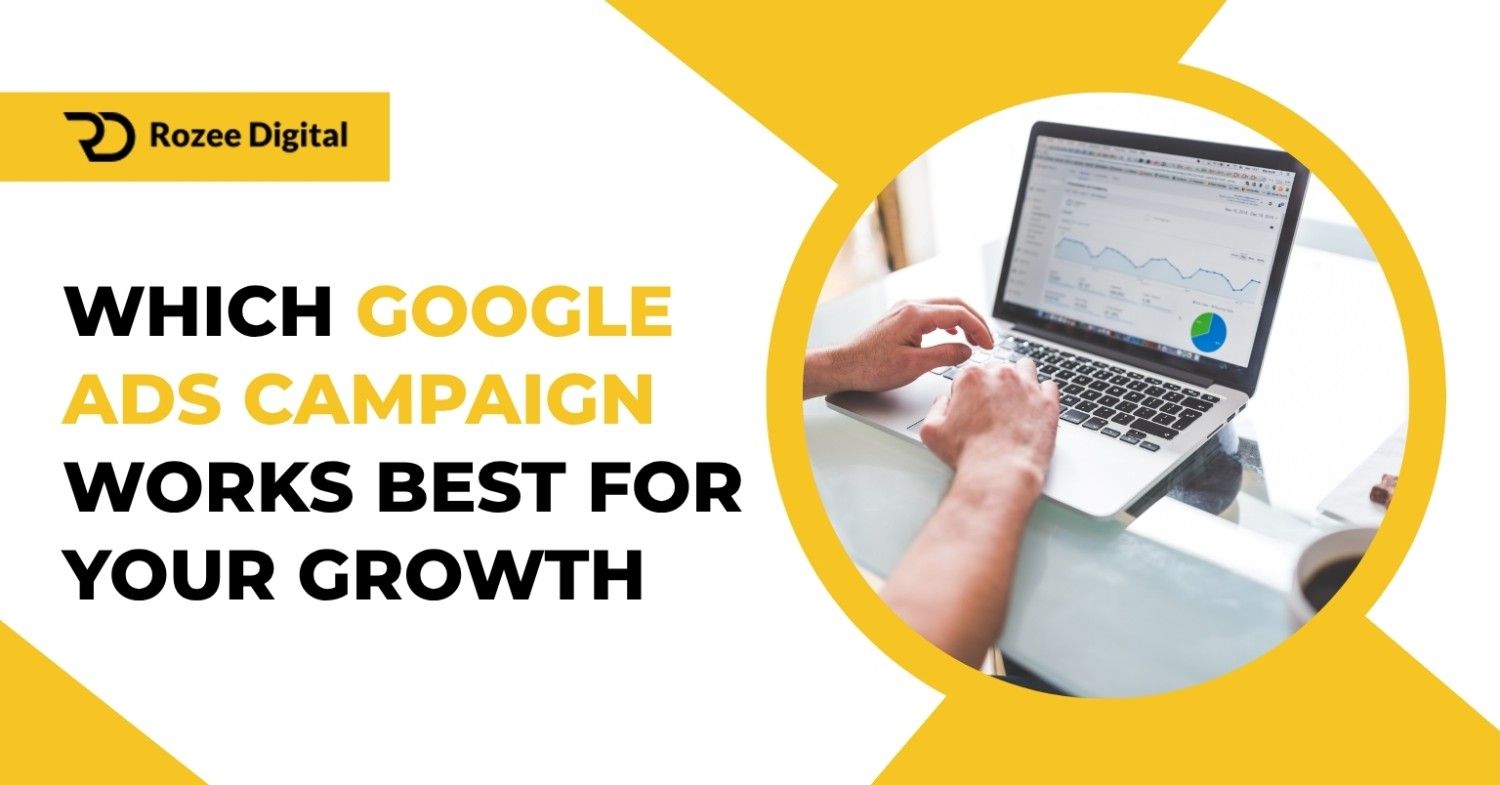Pay-per-click (PPC) advertising is essential for e-commerce brands. It helps drive sales and maximize return on investment (ROI). In today’s competitive online market, a PPC strategy for e-commerce sites. It’s no longer optional. A well-optimized PPC campaign delivers quick results. It targets the right customers at the right time. This makes it a powerful tool for both new and established brands.
For e-commerce businesses, the goal is simple: to convert clicks into purchases. But to achieve this goal, it’s essential to use the right PPC strategies. This blog will cover key PPC strategies for e-commerce brands. It will also explain how to use them for greater success.
Key PPC Strategies for e-commerce Sites
PPC strategies for e-commerce use paid ads to drive traffic to your store. The goal is to convert visitors into customers. Let’s explore some effective strategies for improving your PPC performance.
Choose the Right PPC Platforms

The first step in a PPC strategy is choosing the right platform. Platforms like Google Ads, Facebook Ads, and Instagram Ads have different benefits. Each one works best for different business goals.
- Google Ads: Google Ads are ideal for targeting customers who are actively searching for products.
- Facebook & Instagram Ads: Facebook & Instagram Ads are platforms allow advanced targeting. You can reach users based on their interests, demographics, and behaviors.
Choosing the right PPC platform helps your ads reach the right audience. This boosts relevance for your eCommerce business.
Conduct Keyword Research
Keyword research is the foundation of any successful PPC strategy for e-commerce sites. Identifying the right keywords helps you reach customers. These customers are searching for products like yours. Use tools like Google Keyword Planner or SEMrush for keyword research. They help you find high-converting keywords with low competition.
Focusing on long-tail keywords can lead to better results. These keywords are more specific and usually have higher conversion rates. Targeting keywords with purchase intent brings in traffic. This traffic is more likely to convert.
Optimize Landing Pages for Conversions
Your PPC ads may drive traffic. But if your landing pages aren’t optimized, you won’t get a good return on ad spend. A well-designed landing page can boost conversions. It should be user-friendly and highlight your product’s benefits.
Align your ad messaging with the landing page content. This creates a smooth experience for the user. Your landing page should have a clear call to action (CTA). Include relevant product information and an easy checkout process.
Monitor and Adjust Bids
Bidding strategies are another crucial part of any PPC strategy for e-commerce sites. Your bids decide how much you pay per click. Choosing the right bid strategy can improve your ROI.
Start by setting a daily budget and bid amount that aligns with your goals. Keep track of the performance of your ads and adjust your bids accordingly. If certain keywords or ads perform better, you can increase the bid for those to get more visibility.
Use Remarketing Campaigns
Remarketing targets users who visited your website but didn’t make a purchase. Remarketing ads remind customers about the products they viewed. This encourages them to return and complete their purchase.
For e-commerce businesses, remarketing boosts sales. It also improves ROI. Target users who have shown interest in your products. This increases the chance of conversion.
Why Analytics Play a Key Role in PPC for e-commerce

PPC strategies for e-commerce sites rely heavily on data and analytics. Without tracking and analysis, you can’t know if your efforts are working. Use analytics tools like Google Analytics or Facebook Insights to monitor your campaigns. These tools help you see how your ads perform and where to improve.
Track Conversions and ROI
Tracking conversions is essential for understanding how well your PPC campaigns are performing. Link your Google Ads or Facebook Ads account with analytics tools. This lets you track actions like purchases or newsletter sign-ups.
Evaluating your ROI ensures you’re not wasting money on ads that aren’t delivering results. Always assess the cost per conversion and ensure it aligns with your profit margins.
Analyze Audience Behavior
Understanding how your audience interacts with your ads provides valuable insights. Analytics tools show which demographics, locations, or devices drive the most conversions. This helps you refine your targeting and make better decisions.
Analyze audience behavior to adjust your campaigns. Focus on the most profitable customer segments.
A/B Testing for Better Results
A/B testing is a strategy where you run two versions of an ad. This helps you see which one performs better. This can be applied to various elements, such as ad copy, images, calls to action, or landing pages.
A/B testing helps e-commerce brands find the best ad variations. This allows you to optimize your PPC strategy and get the highest ROI.
Best Practices for Managing Your PPC Campaigns
Managing a PPC campaign requires attention to detail. You must be willing to adapt. To keep your PPC strategy effective, stay updated on trends. Regularly review your campaign performance.
Set Clear Goals
Before you launch a PPC campaign, it’s important to set clear and measurable goals. Set specific goals for your campaign. Clear goals guide your efforts. They help you increase traffic, generate leads, or boost sales. They also provide benchmarks to track success.
Regularly Monitor Campaign Performance
PPC campaigns require continuous monitoring and tweaking. Review your campaign’s performance regularly. Adjust your bids, targeting, and messaging as needed.
Test New Ad Formats
Don’t be afraid to try new ad formats, such as shopping ads, dynamic ads, or video ads. Experiment with different ad types. Find out which ones work best for your target audience and give better results.
Conclusion
To maximize your ROI with a PPC strategy for eCommerce sites, use the right platform. Do effective keyword research and optimize your landing pages. Keep analyzing your campaign performance. Follow these practices and refine your campaigns. This will help increase success and boost sales.
Trust Rozee Digital for your eCommerce services. We offer expert guidance for launching or optimizing your PPC campaigns. Our goal is to help you achieve success and maximize your ROI.
FAQs:
- What is a PPC strategy for e-commerce sites?
A PPC strategy for e-commerce sites uses paid advertising to attract potential buyers. It drives targeted traffic that is more likely to convert into customers. The goal is to generate sales while maximizing return on ad spend.
- How can I track the success of my PPC campaign?
You can track your PPC campaign using tools like Google Analytics and ad dashboards. Focus on key metrics such as click-through rates, conversions, and cost-per-click. Regular analysis helps you optimize campaign performance.
- Why is remarketing important for e-commerce?
Remarketing targets users who visited your site but didn’t make a purchase. It reminds them of the products they viewed, encouraging them to return. This tactic often leads to improved conversion rates.
- What platforms are best for PPC advertising?
Google Ads works well for reaching search-intent audiences actively looking for products. Facebook and Instagram are ideal for targeting users based on demographics and interests. Combining both platforms offers broader reach and better results.
- How much should I budget for a PPC campaign?
Start with a test budget that aligns with your sales goals and product margins. Monitor performance closely and adjust based on real results. Gradual increases in budget help manage costs and improve ROI.




